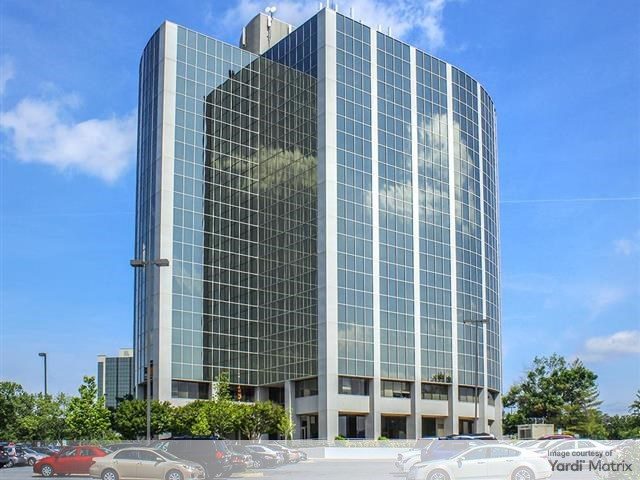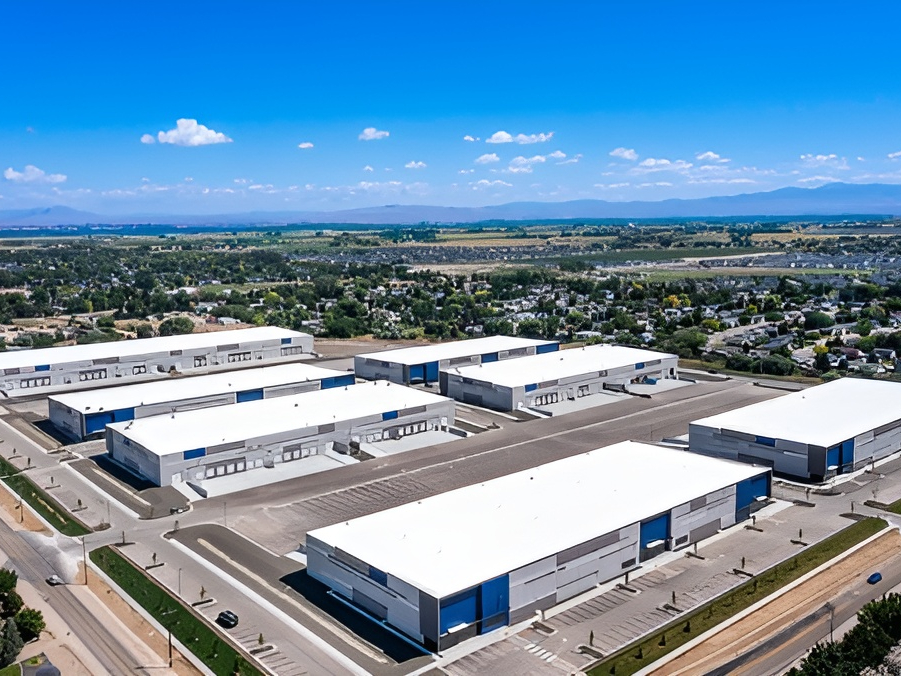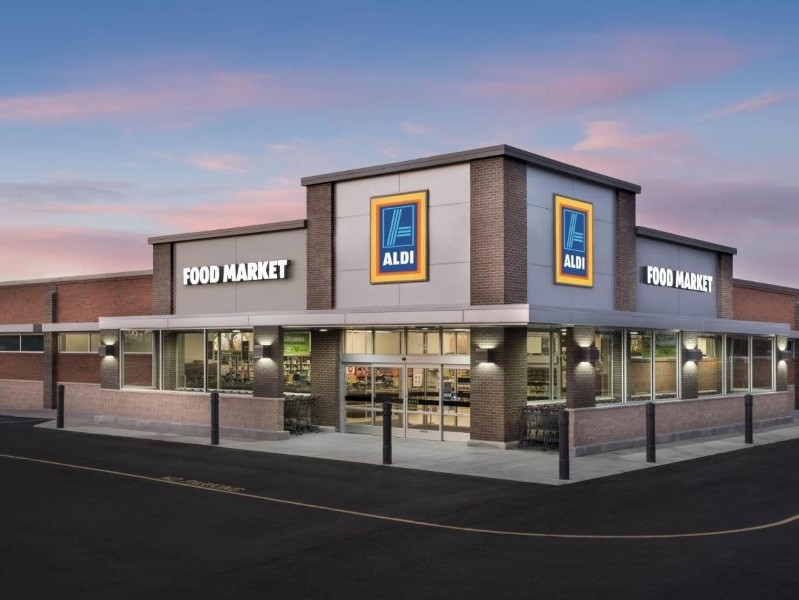C-PACE Builds Resilience in Tough Times
New developments, additional markets and retroactive loans point to wider availability of the green financing option this year.

Image by 3D Animation Production Company via Pixabay
As traditional sources of commercial real estate financing were taking a cautious approach to lending during the pandemic, property owners turned to Commercial Property Assessed Clean Energy financing to fund energy efficiency, water conservation, renewable energy projects and new developments.
Several leading C-PACE lenders also saw a boost in retroactive financing, mainly sought by owners struggling with pandemic-related reductions in cash flow. Those borrowers took out C-PACE loans based on previous energy-related upgrades.
Citing statistics from PACENation, an industry advocacy group, DBRS Morningstar reported that C-PACE transactions reached $536 million in 2020—down significantly from the record $677 million total volume recorded two years ago. But it was enough to push commercial projects financed by C-PACE over the past decade to more than 2,500 in number and $2.07 billion in value.
READ ALSO: Top 10 States for LEED Certification
C-PACE is gaining traction as an effective mechanism for property owners to get low-cost, long-term financing for energy upgrades and repay the loans through an assessment on property tax bills.
Currently, 37 states and Washington, D.C., have enacted authorizing legislation, although programs are not yet active in all jurisdictions. New York City—which passed C-PACE enabling legislation in 2019 as part of the Climate Mobilization Act, Local Law 97 requiring owners of large buildings to cut greenhouse gas emissions significantly starting in 2030—is expected to become active within months, while Cook County, Ill., and other parts of the Chicago metropolitan area became active last year.
Significant Uptick

A Los Angeles-area hotel that received a $9.6 million retroactive C-PACE loan from Petros PACE Finance. Image courtesy of Petros PACE Finance
Several C-PACE lenders told Commercial Property Executive that their loan volumes increased last year, along with the size of some deals. They expect that momentum to continue in 2021.
“It was a significant uptick from the prior year,” said Mansoor Ghori, CEO & co-founder of Petros PACE Finance. The volume of transactions tripled at the Austin, Texas-based firm in 2020, and retroactive loans, which previously had been “few and far between,” were up 30 to 40 percent, he added.
Ghori expects retroactive C-PACE loans to be popular in 2021 with two main constituencies: owners who need to get cash out of their properties to keep their businesses running, and investors seeking loan proceeds to put into distressed properties. One of Petros’ retroactive deals was a $9.6 million C-PACE refinancing transaction for a Los Angeles-area hotel. Petros also handled financing for many new construction projects, including a $7.9 million C-PACE loan origination for a senior living facility in Cincinnati. Petros’ biggest 2020 transaction was a $29 million loan but Ghori expects larger deals this year.
READ ALSO: Mapping the New Lending Landscape
Jessica Bailey, CEO & co-founder of Greenworks Lending in Darien, Conn., said that 2020 provided “a lot of growth opportunities” for the firm she founded in 2015 with COO Alexandra Cooley.
“A lot of other types of capital we compete with had pulled out of the market,” she told CPE, citing mezzanine lenders and debt funds in particular. “We were so well capitalized we picked up some market share there.” In April, Greenworks raised $150 million in committed capital from Nuveen, the investment manager of TIAA, to boost its lending capacity. It was the third investment from Nuveen in three years.
Early in the pandemic, Greenworks researched which states with C-PACE legislation allow retroactive recapitalization and found that most do, though rules vary. Retroactive C-PACE loans, which previously had accounted for 25 to 35 percent of the company’s business, fueled much of its growth in 2020.

Bank Street Lofts, a planned multifamily project in Baltimore that received a nearly $9 million C-PACE loan, the largest C-PACE financing to date in Maryland. Image courtesy of Greenworks Lending
Greenworks also boosted transactions with new development and by entering new markets like Pennsylvania, particularly the Philadelphia area. The firm’s deals usually range between $2 million and $10 million but some 2020 deals were larger, and Bailey added that she expects some transactions this year to reach $30 million.
One of the firm’s first C-PACE deals to close in 2021 was a nearly $9 million loan in Baltimore—Maryland’s largest to date—to fund energy efficiency and water conservation measures at Bank Street Lofts, a 149-unit multifamily development.
Expanding Amid the Pandemic
Both Petros and Greenworks grew their staffs in 2020 due to a combination of increased business and plans to move into new markets. Greenworks hired 12 professionals to lead expansion efforts in the Midwest, New York and Florida. Petros also made several strategic hires to focus on key new markets such as New York City and the Midwest.
Inland Green Capital President Mark Pikus cited the firm’s growing footprint as a testament to C-PACE’s performance in 2020. When the firm began in 2013, a majority of its business was concentrated in California, Pikus said. Since then, the Oak Brook, Ill.-based company has expanded into numerous markets, including Florida, Missouri, Kentucky, Ohio, Wisconsin, Michigan and Colorado. Also on the radar is New York City.
“The Midwest has been a little more active for us in the last year and where we see it going in the next year,” Pikus told CPE. Illinois and Greater Chicago will get plenty of attention: “It’s our backyard so it will be a major focus for us going forward.”
The firm, which specializes in C-PACE loans in the $400,000- to $500,000-range, has worked with a number of mid-size projects, reported Jason Stringer, who recently joined the firm as vice president of business development.
Inland Green has also seen an increase in retroactive financing, particularly for hospitality properties. “All my deals that have closed recently have retroactive components,” Stringer noted.







You must be logged in to post a comment.